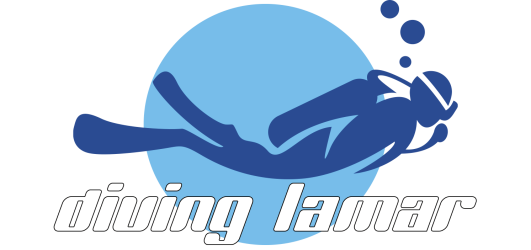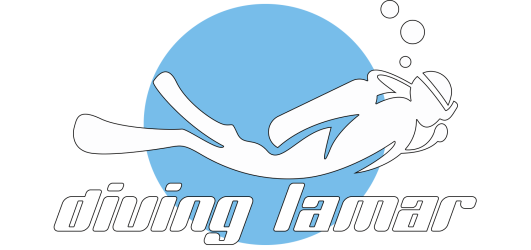MSDT und andere Neuigkeiten
Ich möchte mich bei all meinen Schülern ganz herzlich bedanken. Ich habe nun die nächste Stufe erreicht und bin nun Master Scuba Diver Trainer (kurz MSDT)
Selbstverständlich bleibe auch ich nicht stehen in meiner Ausbildung und so mache ich nun den nächsten Schritt in Richtung Sidemount. Dafür habe ich mir bereits die entsprechende Ausrüstung besorgt (Razor 4) und werde bei meinem lieben Kay die Sidemount Ausbildung durchführen.
Sobald ich hier etwas Erfahrung gesammelt habe, werde ich dann bei keinem geringeren als Martin Zeschke die Ausbildung zum Sidemount Instructor abschließen, so dass ihr dann auch bei mir in den Genuss des „Fliegens“ kommen könnt.
Ab sofort könnt ihr bei mir auch in digitaler Unterwasserfotografie ausgebildet werden.
Vielen Dank für euer Vertrauen und auf viele schöne weitere Tauchgänge!
Euer Marcus



